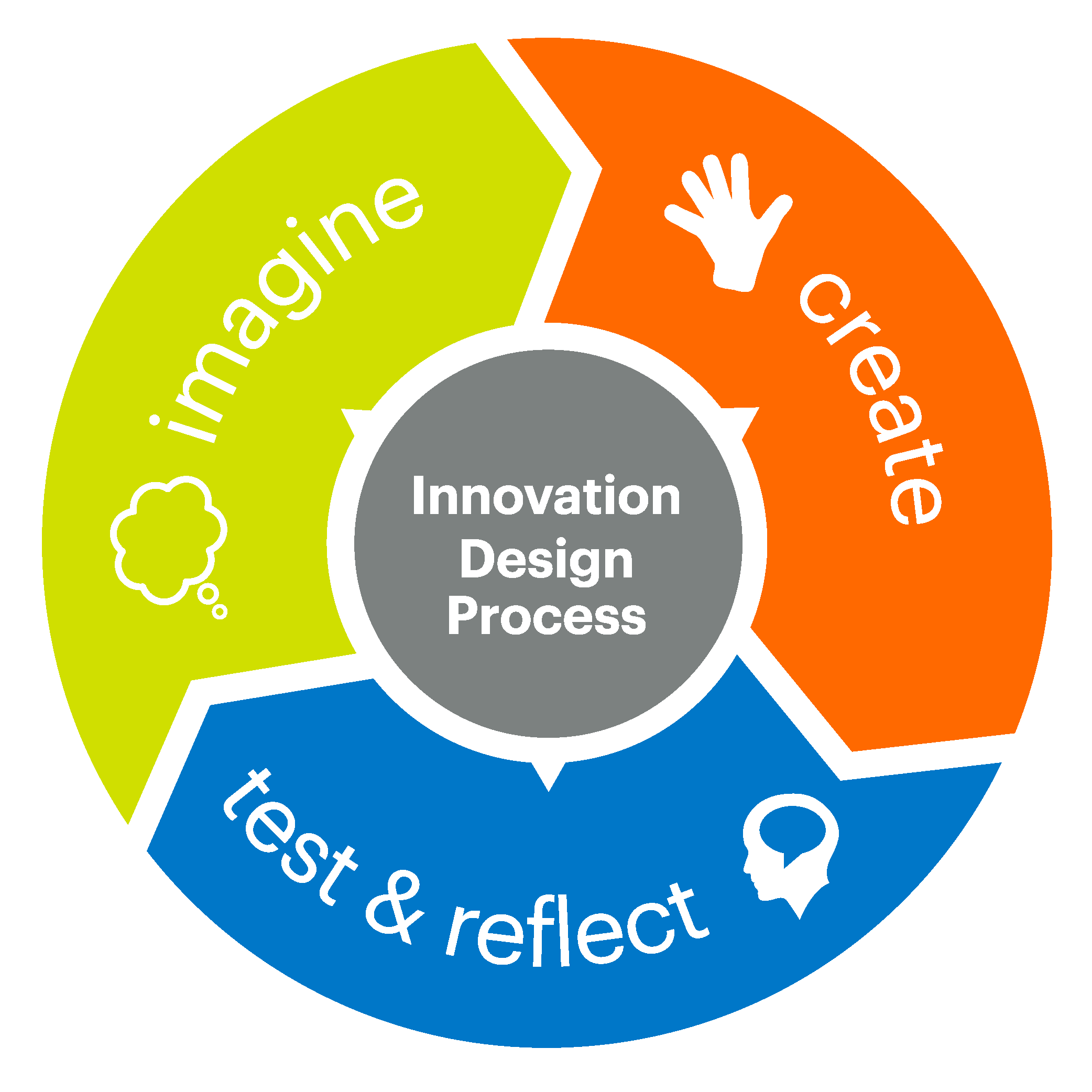Motion Impossible
Duration: Three 60 minute sessions
Grade Levels: 4 - 12
In this three part challenge, students will design and test devices that can move a heart quickly and safely across land, water, or air.
Try one or all of the challenges below!
By Land - Part 1

|
|
|
|
|
|
Grade Levels: 4-12 Duration: 60 minutes Concepts/Skills: Force, friction, surface area, balance Objectives:
|
|
|
|
|
|
Design Scenario
A medical courier service needs your help! They have hired your engineering team to design transportation devices for delivering donated hearts to patients living in remote areas.
Transportation must be done as quickly and safely as possible, so the medical courier service will need different types of devices depending on the patient’s location.
Their first request for your team is to design a land-based transportation device that can deliver a heart to a hospital in another city 25 miles away.
| Design Problem |
Design a device that can move a heart quickly and safely across a land area.
|
| Criteria |
• Devices must transport the heart 4 ft.
|
| Constraints |
• Budget: Use only the materials provided.
|
Sample Test Area
Materials
Use what you have and be creative. Look for items that:
|
Have a large surface area
  |
Are long and skinny
 |
|
Are round or spherical
 |
Could be used as a base
  |
|
Can fasten everything together
  |
Facilitative Questions

- What are some different methods for moving an object to a place far away?
- What do different types of transportation vehicles have in common? How do they differ?
- What challenges might we face when traveling over land/sea/air?

- What kind of devices travel across land in the real world? How can this inform your design?
- What did you consider when you chose materials for your device?
- How are you considering both safety and speed in your design?
- How can you modify your device to get the heart to the destination faster?

- What was challenging about prioritizing both speed and keeping the heart safe?
- How did your observations during testing help you decide what to do next?
- What gave your device energy? Did you make any adjustments to better utilize the energy source?
By Air - Part 2
|
|
|
|
|
|
Grade Levels: 4-12 Duration: 60 minutes Concepts/Skills: Force, balanced and unbalanced forces, gravity Objectives:
|
|
|
|
|
|
Design Scenario
The medical courier service has a new assignment for your engineering team. They need to deliver a heart to a patient located in a remote area. They can deliver the heart most of the way in the land-based device, but the hospital is located at the bottom of a steep cliff.
Your team needs to find a way to deliver the heart down a zipline. As before, transporting the heart must be done as quickly and safely as possible.
| Design Problem |
Design a device that can transport a heart quickly and safely down a zipline.
|
| Criteria |
• The heart must stay safe and stable as it moves down the zipline.
|
| Constraints |
• Budget: Use only the materials provided.
|
Sample Test Area
Materials
Use what you have and be creative. Look for items that:
|
Are long and skinny
|
Can hook or hang
|
|
Could hold a passenger or cargo
|
Can fasten everything together
|
Facilitative Questions

- Think back to Part 1. What was challenging about transporting the heart by land?
- What’s another method we could have used to transport the heart both quickly and safely?
- We used a fan in Part 1 to power the devices. How else could we give a transportation device energy?

- What kind of devices travel through the air in the real world? How can this inform your design?
- Did you consider anything new when you chose materials for your air device vs your land device?
- How are you keeping the heart safe and stable as it travels down the zipline?
- How can you modify your device to get the heart to the bottom in 10 seconds or less?

- We didn’t use an external energy source for today’s challenge, so what made the devices move?
- Are there other ways we could have transported the heart to the bottom of the cliff?
- If you had the option, would you have made any changes to the zipline itself?
By Sea - Part 3
|
|
|
|
|
|
Grade Levels: 4-12 Duration: 60 minutes Concepts/Skills: Buoyancy, forces, surface area Objectives:
|
|
|
|
|
|
Design Scenario
The medical courier service has one more assignment for your engineering team. They need to deliver a heart to a hospital located on the far side of a riverbank in a jungle. Since the area has thick tree coverage, it would be faster and less risky to transport the heart across the river rather than try to land a plane to pick it up.
Your team needs to find a way to quickly and safely transport the heart across the water.
| Design Problem |
Design a device that can transport a heart fast across a body of water.
|
| Criteria |
• The heart must stay safe and stable as it moves across the water.
|
| Constraints |
• Budget: Use only the materials provided.
|
Sample Test Area
Materials
Use what you have and be creative. Look for items that:
|
Are water resistant
|
Can float
|
|
Could hold a passenger or cargo
|
Can fasten everything together
|
Facilitative Questions

- What new factors did you have to consider when designing a device for traveling down a zipline?
- What challenges might we face when traveling over water?

- How did you choose your materials with the new criteria of designing a device that can travel across water?
- What kind of features do devices travel across water have in the real world? How can this inform your design?
- The water will create some resistance. How can you design your device so it can arrive within the time limit?
- How will you ensure that the heart does not get wet during transportation?

- Were there features that all three of your design’s have in common?
- We used wind power (fan) and gravity to make our devices move. Are there other ways we could have powered a transportation device?
Explore More
Check out one of these related resources!

Cupcake Delivery
Duration: 60 minutes
Grade Levels: K-12
Design and test a wind-powered device that can deliver a gift.

Zipline
Lesson: 90 minutes, Activity: 30+ minutes
Grades: 1-12
Students will use ideas about pushes and pulls (forces) to design a device that can transport cargo along a zipline safely.

Tech Tip: Prototyping
Grades: K-12
Encourage iteration and perseverance throughout the design process.
The Tech Academies
This activity was developed in partnership with educators from The Tech Academies Fellowship program. The Tech Academy Fellows learn to be leaders of STEM education while designing and testing resources to be shared with other educators.
 Skip Navigation
Skip Navigation























